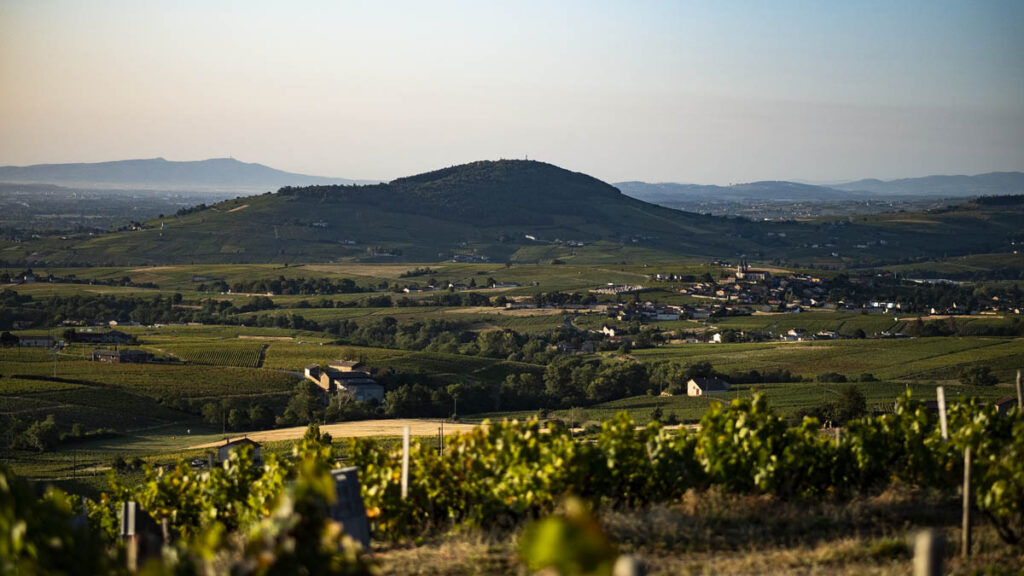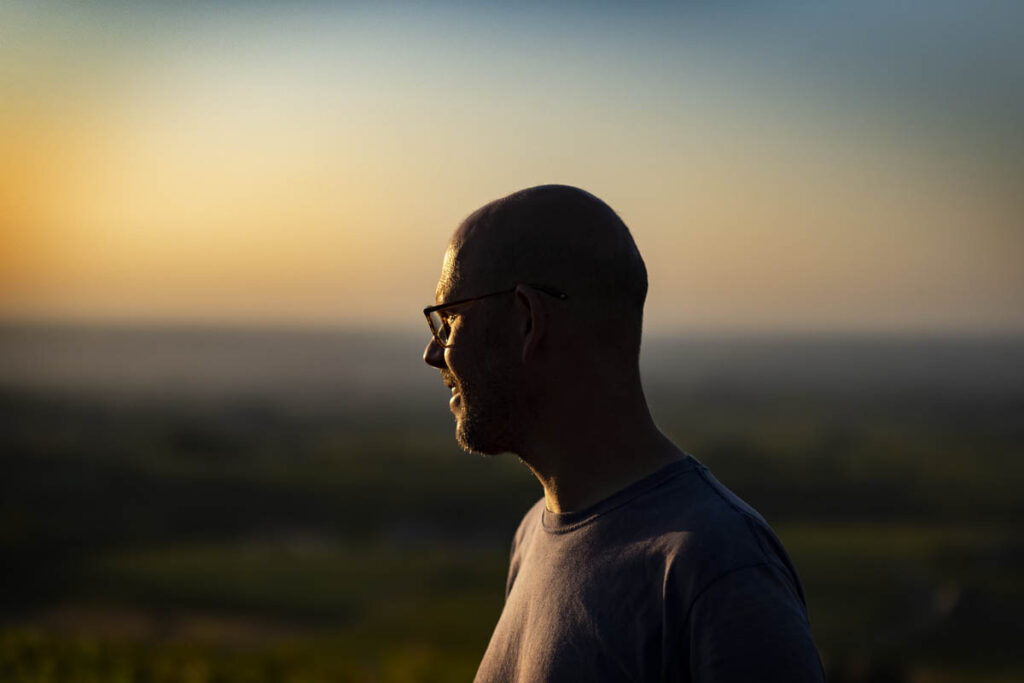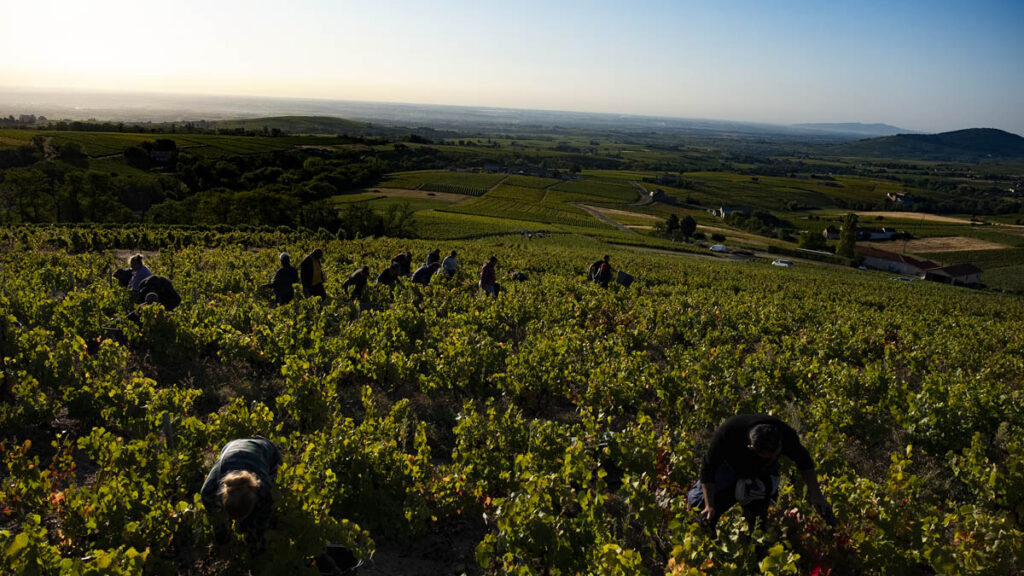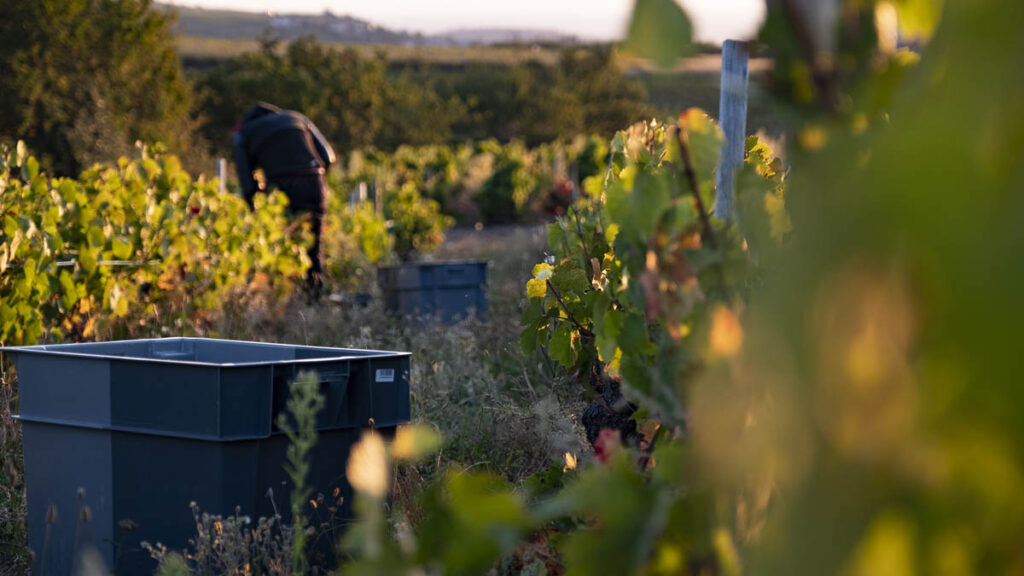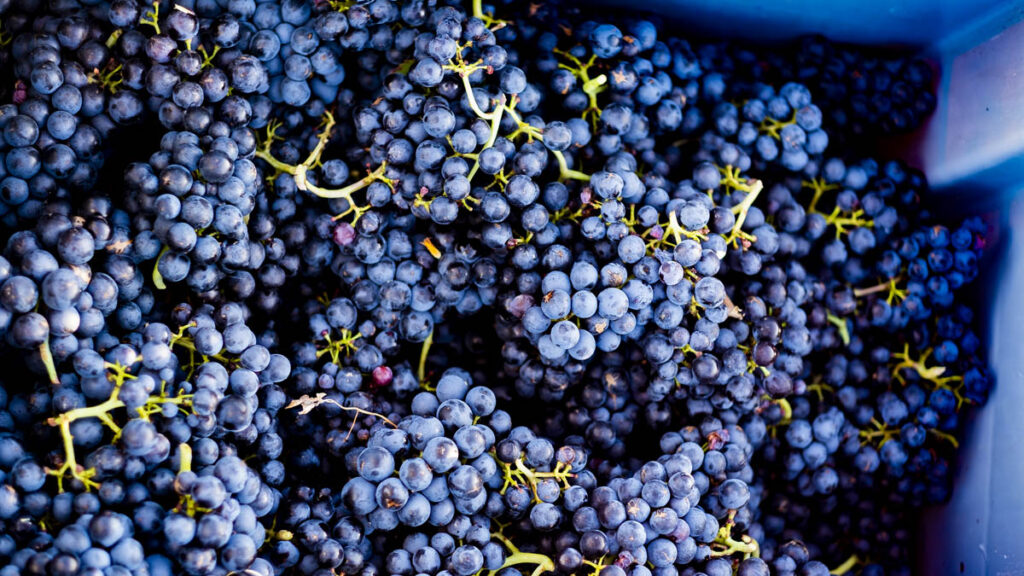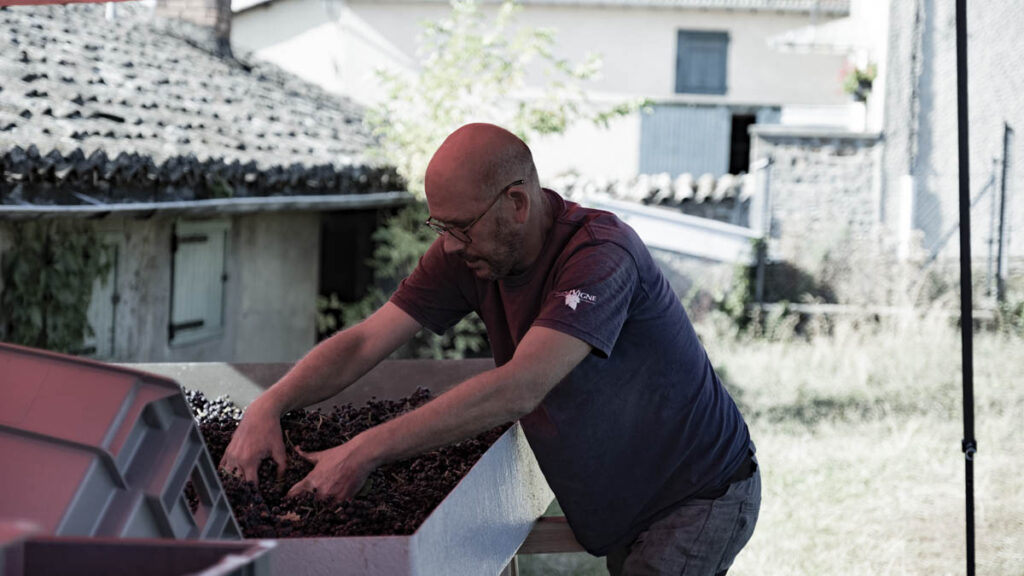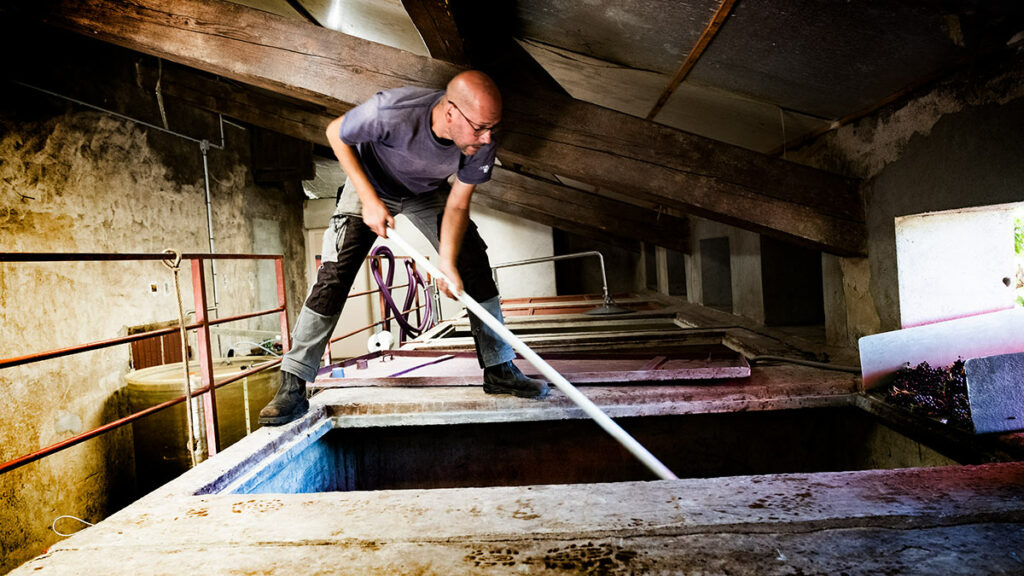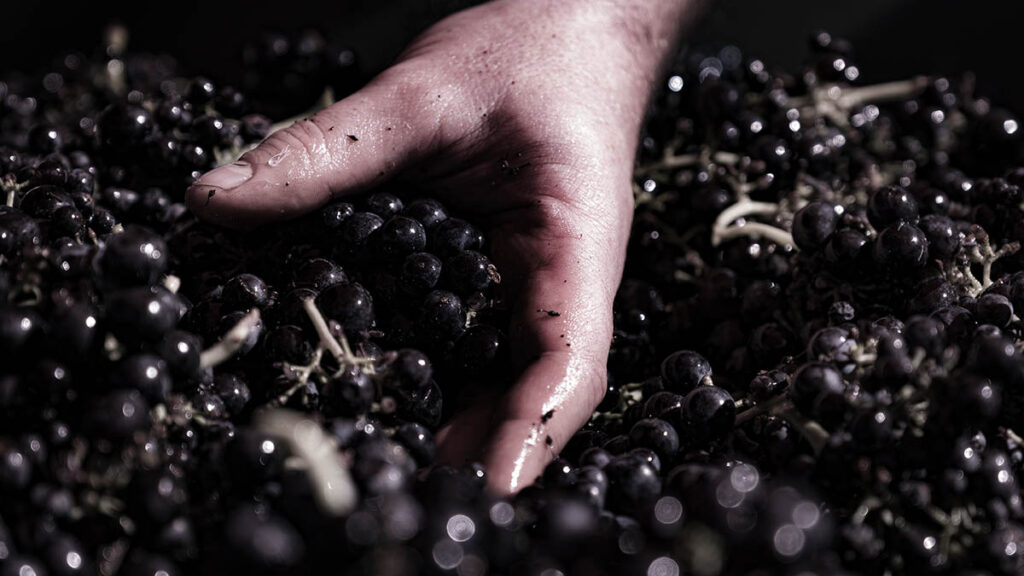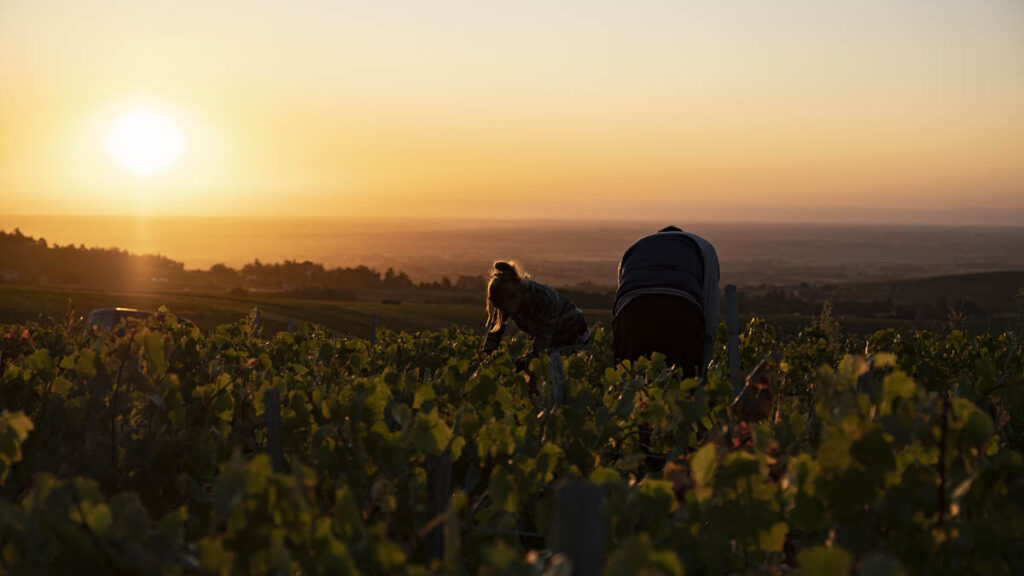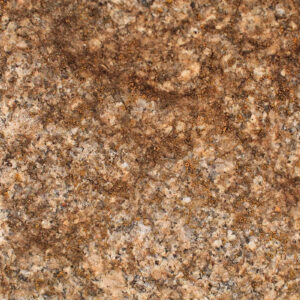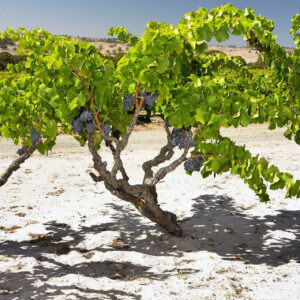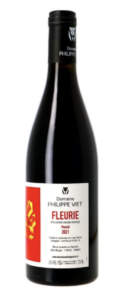Philippe Viet is the unusual vigneron of France, as he came to winegrowing not via family legacy or local tradition, but by sheer choice and will—as a consumer, student, and lover of wine. While he may have lacked a childhood among the vines, he did grow up in a family that appreciated good food and celebrated fine wine. His exposure to wine thus started at a young age and continued, self-driven, during university and business school and later during his first career jobs in the fields of banking and IT consulting. During university and after he remained an avid wine student, participating in tasting groups and even completing several WSET diplomas. While achieving the latter, he recognized that his deep and abiding interest in wine might be transformative. So, he decided to change his life.
As a first exploratory move, in 2015, to get his feet wet, Viet secured an apprenticeship in Beaujolais with Eric Janin of Domaine Paul Janin et Fils in Moulin-à-Vent. At this point, Viet only knew he wanted to work in wine, but hadn’t any idea what branch to specialize in. His time under Janin’s tutelage had a powerful effect. While Viet learned a great deal about winegrowing he also came to develop a love of the Beaujolais’s undulating hills, soulful people, and generous community. He also routinely credits Janin for instilling in him something more profound than even vine craft: a deep and underlying humility regarding the role of the winemaker as respectful steward of the land. This revelation along with his growing desire to be outside in contact with nature, Viet confirmed that he wanted to be in wine production.
Viet continued his education both formally—taking winemaking classes in Beaune—and experientially working under Mathieu Baudry of Domaine Bernard Baudry in Chinon and at Lethbridge Wines in Geelong, Australia. By the end of 2018, things had fallen into place quickly back in Beaujolais, as he found a house to live in and 2.5 hectares of vines of Régnié. His career as a vigneron was about to begin.
Viet’s wines are not his only form of expression. Since childhood, he’s maintained a strong interest in art. Consequently, he changes the design of his labels annually, with each vintage expressing in bold colors the inspiration of different artists. He loves cooking and music and lives near his vines in Morgon with his girlfriend and their dog, Oxford, and cat, Ziggy.
Farming and vineyards
Beaujolais turns out to be a perfect match stylistically, culturally, and terroir-wise for what Viet wanted and the kinds of wines he wanted to make. It is Burgundian in style without being subject to the patrician cast of the Côte d’Or. The local grape, Gamay, proves an ideal partner, as well, producing relatable wines that are both fruity and earthy, capable of terroir expression and midterm aging while still being within reach of the average wine drinker.
Viticulturally, Beaujolais fits right in between Burgundy and the Rhone, where it also happens to be nestled geographically. In the northern part of the region, rolling granite hills define the landscape, and it is here where the region’s most expressive, complex, and definitive wines are produced. Soils run between hard granite, sand, and sandstone, and instances of schist, alluvium, and clay. The ten cru villages— of which Viet farms parcels in Régnié, Fleurie, and Morgon—are Beaujolais’ standout wines.
Viet approaches the vineyard with intention and effort, allowing respect for the terroir and health of the soil to guide his farming practices. To that end, he farms organically and is moving all of his parcels towards organic certification by the standards of the Alpes Contrôles certification body. So far, he has achieved this goal in his plots of Beaujolais Villages, Régnié, and Fleurie. Morgon, he expects, will be certified by the end of 2024.
The vineyards Viet took over had been well tended (though not organically) by the same people for forty years. They were planted with standard Gamay clones. While he continues to work these vines, over time he will evolve the composition of the vineyard. As vines expire, he replaces them individually or plot-by-plot with massale selections—individual cuttings he’s selected from older vineyards based on desired characteristics. Currently, his vines average between 50 and 60 years of age. The Régnié and Morgon plots feature sandy and granitic soils, whereas Fleurie is more purely sand. The Régnié plot is distinguished further by its elevation (between 400 and 450 meters), which emphasizes acidity and freshness in the wine.
In the Cellar
When it comes to winemaking, Viet’s goal is to optimize site expression while producing soft, elegant, and supremely digestible wines. He’s not attached at this point to any singular method of fermentation and enjoys scrutinizing the differences achieved by inoculation with a starter, spontaneous fermentation, and pied-de-cuve. Musts are fermented in concrete vats equipped with cooling devices to prevent fermentation temperatures from exceeding 30º Celsius. Extractions are gently made using either pump-overs or foliage (gentle crushing). SO2 is used in only minute quantities. After draining the tanks, the young wines are aged in various vessels, running from sandstone amphoras to 500-liter oak puncheons (Fleurie) and stainless steel or fiberglass tanks. The wines go into bottle during the following summer and enjoy around four months of further rest before entering the market.
